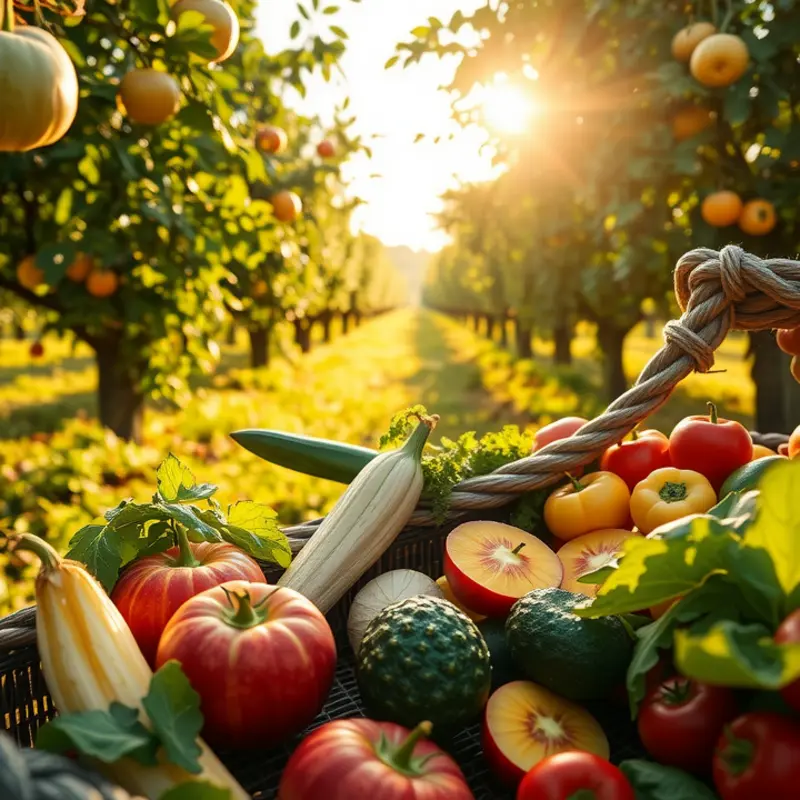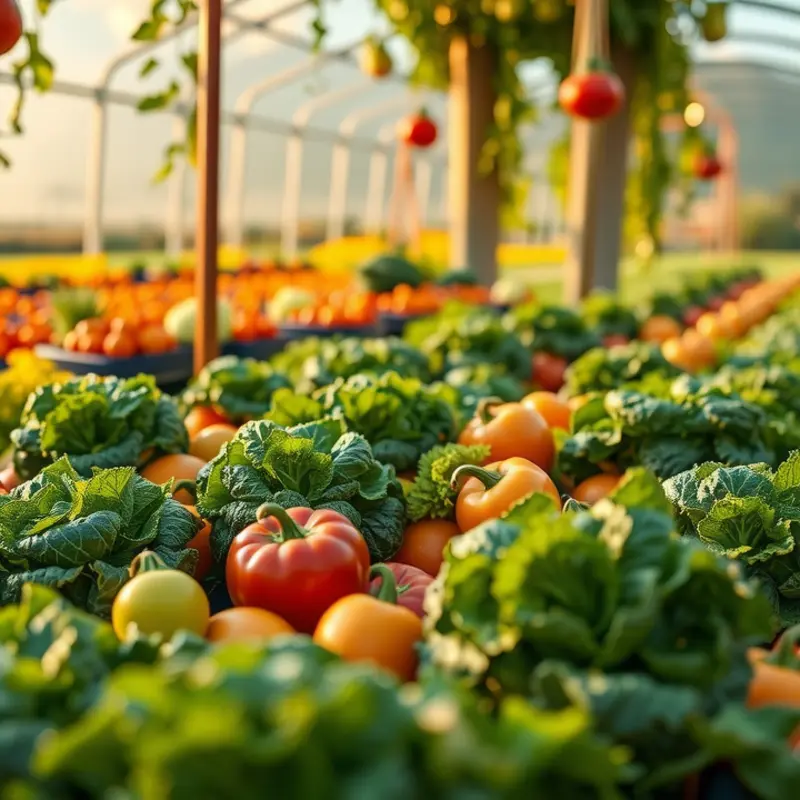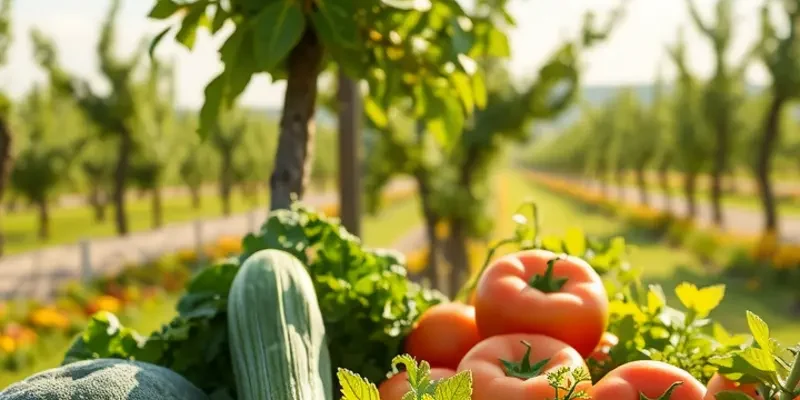Food presentation is an art that every home cook can master with a few essential skills. Whether you are an experienced chef or a beginner, making your dishes visually appealing can elevate any meal. This guide covers the basics of food presentation, offering practical tips and techniques to enhance the way you serve food, creating delightful culinary experiences for yourself and your guests.
The Foundations of Food Presentation

The art of food presentation starts with an understanding of color contrasts. A dish’s colors can either entice or dissuade. Contrast is key; it helps make individual ingredients pop. Consider the classic caprese salad: lush green basil against creamy white mozzarella and the vibrant red of fresh tomatoes. These colors together tell a story, inviting the eye and stimulating the appetite.
Choosing the right plate acts as the canvas for your masterpiece. White plates are classics for a reason; they let colors shine without distraction. Yet, the shape and size are just as vital. Large round plates allow you to explore symmetry or asymmetry in plating. Small plates make an amuse-bouche or dessert seem more abundant. Delve into playful shapes for a modern twist, but ensure they complement, not overshadow, the dish.
Layering your ingredients can add dynamics to the visual experience. Start with a stable base, like mashed potatoes or a grain pilaf, and layer upwards. This technique infuses height, creating an architectural feel. It’s a simple method to introduce dimension and drama to what could otherwise be a flat presentation.
Texture plays a crucial role in both the taste and appearance of a dish. Combinations like smooth purées with crunchy toppings engage the senses in unpredictable ways. Think of a creamy garlic butter chicken enlivened with a sprinkle of chopped herbs or crispy bacon. This contrast in textures adds complexity, making each bite a new adventure.
Garnishing should be purposeful, not perfunctory. It enhances flavor and adds a finishing touch to your dish. Consider the harmony of the garnish’s flavor with the dish it adorns. A lemon twist can add zest to a seafood dish, while microgreens offer freshness without overpowering delicate flavors.
Balance flavors with colors to create an engaging plate. Earthy tones suggest warmth, while bright hues evoke freshness. Use this visual symbolism to guide flavor expectations—deep reds signal richness, while greens offer vibrancy. Achieving this balance ensures that the visual appeal matches the taste.
Selecting the right tableware boosts the overall dining experience. Elegant table settings create a sense of occasion. Mix and match based on your theme; rustic dishes pair well with wooden utensils, while elegant settings demand sleek cutlery.
In essence, mastery in food presentation lies in understanding these fundamental principles. By experimenting with color, layering, texture, and balance, you can transform any meal into a visual feast. Developing an eye for plate selection and garnishing will elevate your dining experience, making every meal not just nourishing, but a work of art.
Advanced Techniques for Visual Impact

Elevate your culinary creations by mastering advanced techniques that focus on creating visually stunning plates. Understanding the various plating styles can enhance the aesthetic of any dish. Let’s explore classic, minimalist, and whimsical designs in depth.
Classic plating embraces symmetry and elegance. Begin with a protein as the centerpiece, flanked symmetrically by vegetables and starches. Use circular or linear arrangements for a polished look. Sauce should be artistically drizzled or pooled beneath the food, serving as both a flavor enhancer and part of the visual appeal.
Minimalist designs emphasize simplicity and focus. Here, less is more. Limit your plate to one or two central elements, allowing the ingredients to shine. Choose neutral plates to direct focus to the food, and ensure each component is placed with precision. Consider employing garnishes, like microgreens or edible flowers, to add subtle color contrasts.
For a whimsical approach, creativity takes the stage. Imagine a themed dish where each component tells a part of a story, or arrange food in playful patterns. This style allows vibrant colors and unexpected shapes to coalesce in harmony on the plate. The possibilities are boundless; you can delve deeper into such playful presentations in menu-specific choices like these keto chocolate chip cookies, which demonstrate fun yet appealing ways to serve.
In all styles, garnishes and sauces play pivotal roles in enhancing visual impact. Garnishes can transform a dish but avoid overdoing them; focus on relevance to the flavors. Sauces add color and contrast. They can be dotted, swirled, or painted to create a striking canvas on the plate.
The art of negative space is essential for advanced plating. Leaving space on the plate directs the eye to the food and emphasizes its importance. Ensure balance by considering proportion; too much empty space can make the dish appear sparse.
Seasonal ingredients not only provide freshness but also naturally incorporate themes that resonate with the time of year. Spring greens, summer fruits, and winter roots each offer distinct visual and flavor profiles that can heighten the dining experience.
When plating hot versus cold dishes, temperature management is crucial. Hot dishes should be served on warmed plates to maintain the food’s temperature, whereas cold dishes benefit from chilled platters. This avoids melting or wilting components, preserving each element’s intended presentation.
Arranging items on a plate requires strategic thought. Consider height, color contrast, and texture to create visual interest. Variation between tall and flat items draws attention and adds dimension.
Finally, the importance of the final touch cannot be overstated. A dash of sea salt, a sprig of herb, or a delicate sprinkle of spice adds refinement and completes your masterpiece. Remember, every detail counts in captivating both the eyes and the palate.
Final words
Mastering food presentation allows you to transform your everyday cooking into an artful experience. By applying the basics and a few advanced tips, you can create visually stunning meals that celebrate both flavor and aesthetics. Remember, food is not just about taste, but also how it makes people feel. So, embrace your creativity and let every meal you prepare reflect your personal touch. With practice, you’ll find that food presentation becomes an enjoyable part of your cooking journey.







